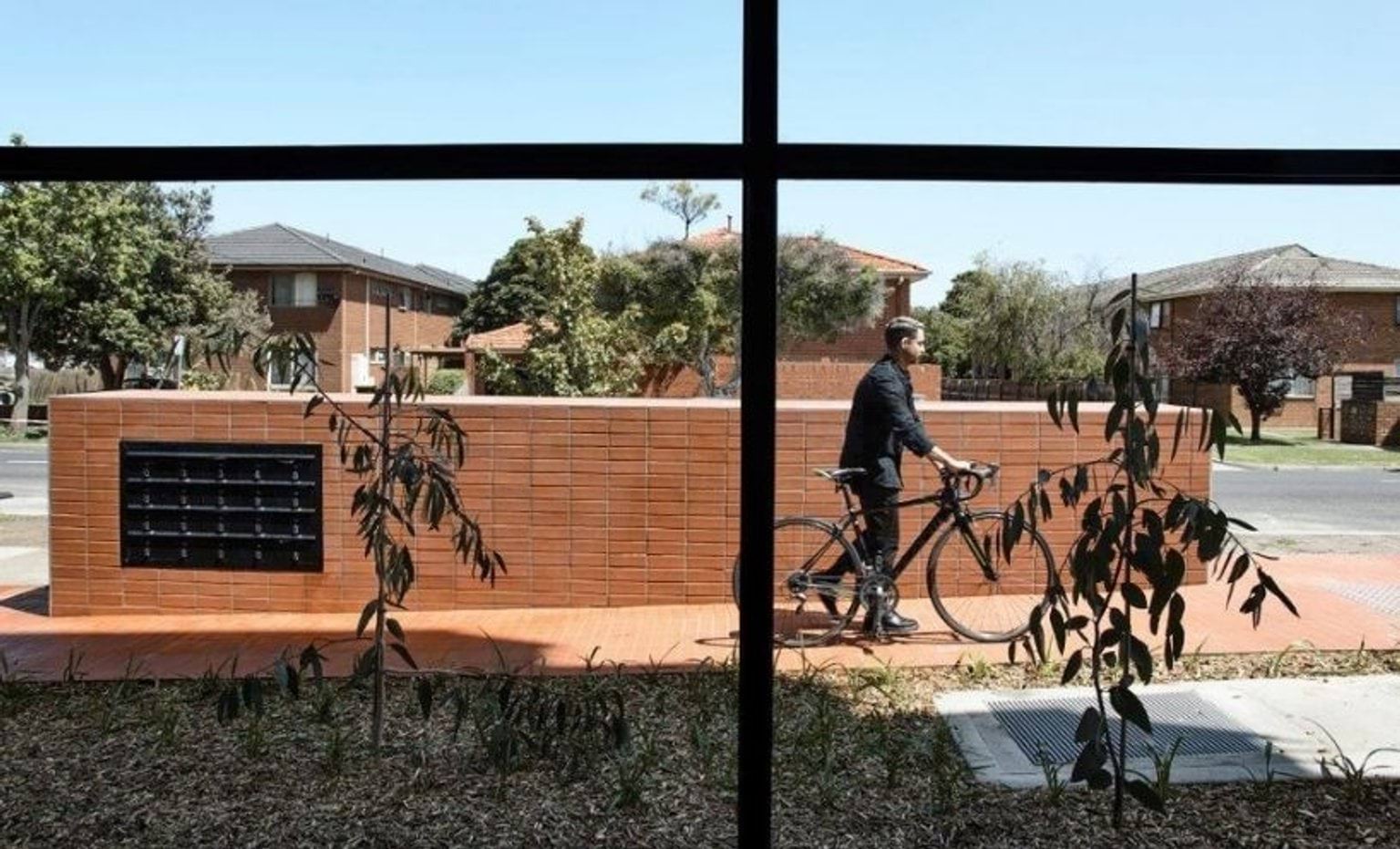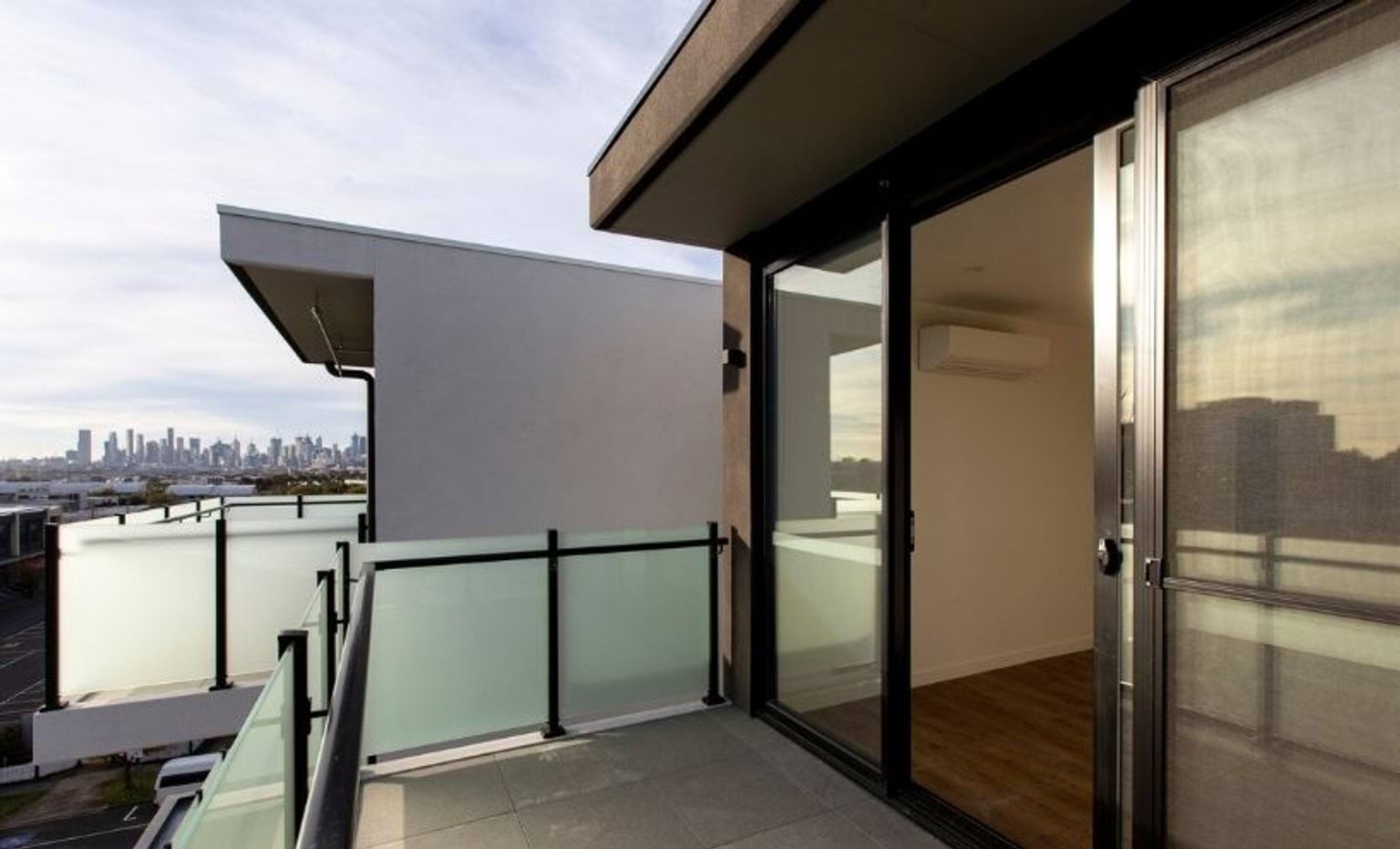Housing assets
The value of housing assets owned by the registered sector increased by 15% ($800 million) in 2023-24, driven by higher housing asset valuations and growth in the number of owned properties.
Note: Housing managed on behalf of the Department of Families, Fairness and Housing or other parties is excluded from these figures.
Operating revenue
Operating revenue increased by 9% ($40 million) in 2023-24, predominantly driven by growth in rental revenue (less bad debts).
Note: Where registered agencies provide other services in addition to housing, operating grants for non-community housing services are included in these figures.
Operating expenses
Operating expenses grew by 8% ($36 million) in 2023-24. The proportion of operating revenue spent remained steady over the financial year, indicating consistent cost management relative to revenue.
Note: Operating expenses exclude depreciation and finance costs, which are included in summary financial statements below.
Operating EBITDA
Operating earnings before interest, tax, depreciation and amortisation (EBITDA) increased by 17% ($5 million) in 2023-24. The Operating EBITDA margin remained steady, reflecting proportionate growth in operating revenue and expenses during the financial year.
Capital grants
Capital grants are used to fund property development and upgrades. In 2023-24, total capital grant funding to the registered sector increased by 10%, representing an additional $25 million.
Registered sector debt
Registered sector debt increased by 82% ($965 million) in 2023-24, reflecting the substantial uplift in funding for development projects. Most of this new debt ($800 million) is linked to Building Communities (Vic) Limited and Building Even Better Communities Limited through their involvement in the Victorian Public Housing Renewal Program.
Interest cover
The interest cover ratio measures the extent to which operating earnings can cover interest expenses. This ratio remained steady in 2023-24, with a positive interest cover ratio of 1.3 as at 30 June 2024 indicating the sector has sufficient earnings to meet its interest repayment obligations.
Note: Interest cover is calculated as (Operating EBITDA plus interest income) divided by finance expenses.
Liquidity
The working capital ratio shows the sector’s ability to pay its current liabilities using its current assets. A working capital ratio of 4.1 as at 30 June 2024 indicates the sector has sufficient current assets to meet its short-term financial obligations.
Note: Capital grants received in advance are excluded from these figures.
Cash and short-term investments
In 2023-24, sector cash and short-term investments increased by 92% ($433 million), primarily driven by the drawdown of loan facilities and the timing of capital grant receipts ahead of project delivery.
Capital structure
Equity continued to represent most of the sector's capital structure in 2023-24, driven by positive earnings accumulated over time and an increase in housing asset values. Total liabilities – predominantly debt, payables and provisions – increased by 65% ($1.17 billion) during the financial year to facilitate sector growth.
Registered sector summary financial statements
Updated




